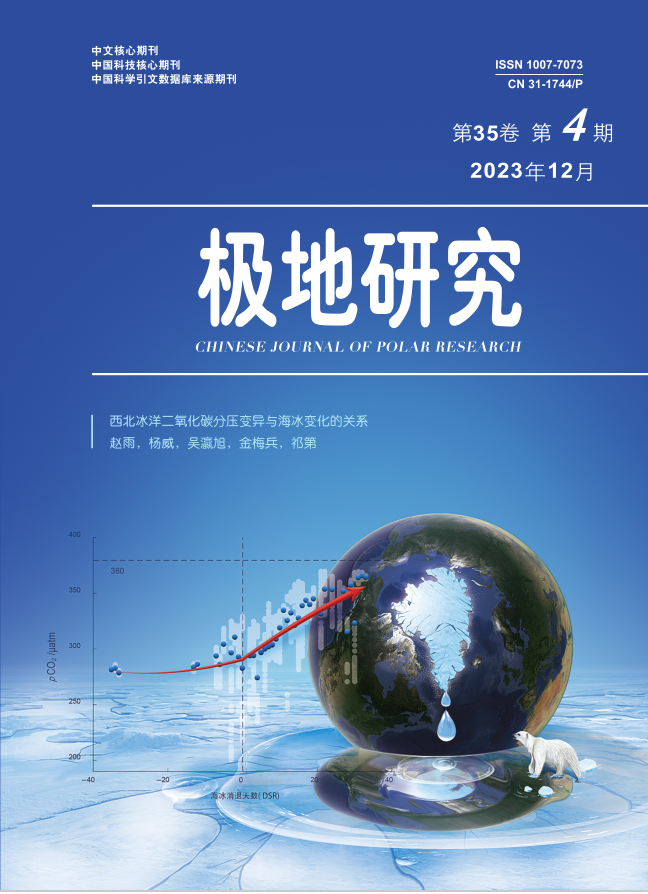|
|
An abroad research progress on the Arctic tourism
Wang Wulin, Luo Wanlu, Wang Chengjin, Gong Jiao
2023, 35 (4):
646-661.
DOI: 10.13679/j.jdyj.20230015
In recent years, foreign academic circles have produced important research in the field of Arctic tourism. Using bibliometry and a systematic literature review, we analyzed the number of publications, keywords, journals, authors and their institutions, citation frequency, and other quantitative changes in relevant foreign studies and their network relationships, and extracts from six research findings (e.g. “The study of tourism behavior pattern constitutes an important content of Arctic tourism research”). From these results, we evaluated current deficiencies in Arctic tourism research and future implications. The results show that: (1) The journals with the most publications and citations included Arctic, Polar Geography, and Annals of Tourism Research. The most popular keywords included Arctic, tourism, and climate change. The main authors included Stewart E J, Dawson J, and Grimwood B S R, and the main research institutions were the University of Ottawa, University of Oulu, and UiT The Aretic University of Norway. (2) The study of tourism behavior pattern constitutes an important content of Arctic tourism research; the positive and negative impacts of Arctic tourism coexist dialectically in the context of climate change; tourism management is an important pillar for the sustainable development of Arctic tourism; the core objective of Arctic tourism development policies and measures is to ensure sustainability; and the experience of scarcity and uniqueness is a significant and indispensable part of Arctic tourism. Arctic communities face multiple changes in economic, social, political, environmental, and cultural systems as a result of tourism activities. There are challenges in Arctic tourism research, such as demarcating the boundary of the Arctic region, how to consider the dynamic nature of the Arctic region in statistical monitoring, and ethical the requirements and sustainable development. The scale of research teams dedicated to creating and expanding knowledge on Arctic tourism is relatively small, and the relevant theoretical basis is still relatively weak.
References |
Related Articles |
Metrics
|

